Agriculture>Protected sites
Type of resources
Available actions
Topics
Keywords
Contact for the resource
Provided by
Groups
Years
Representation types
Update frequencies
status
Scale
-
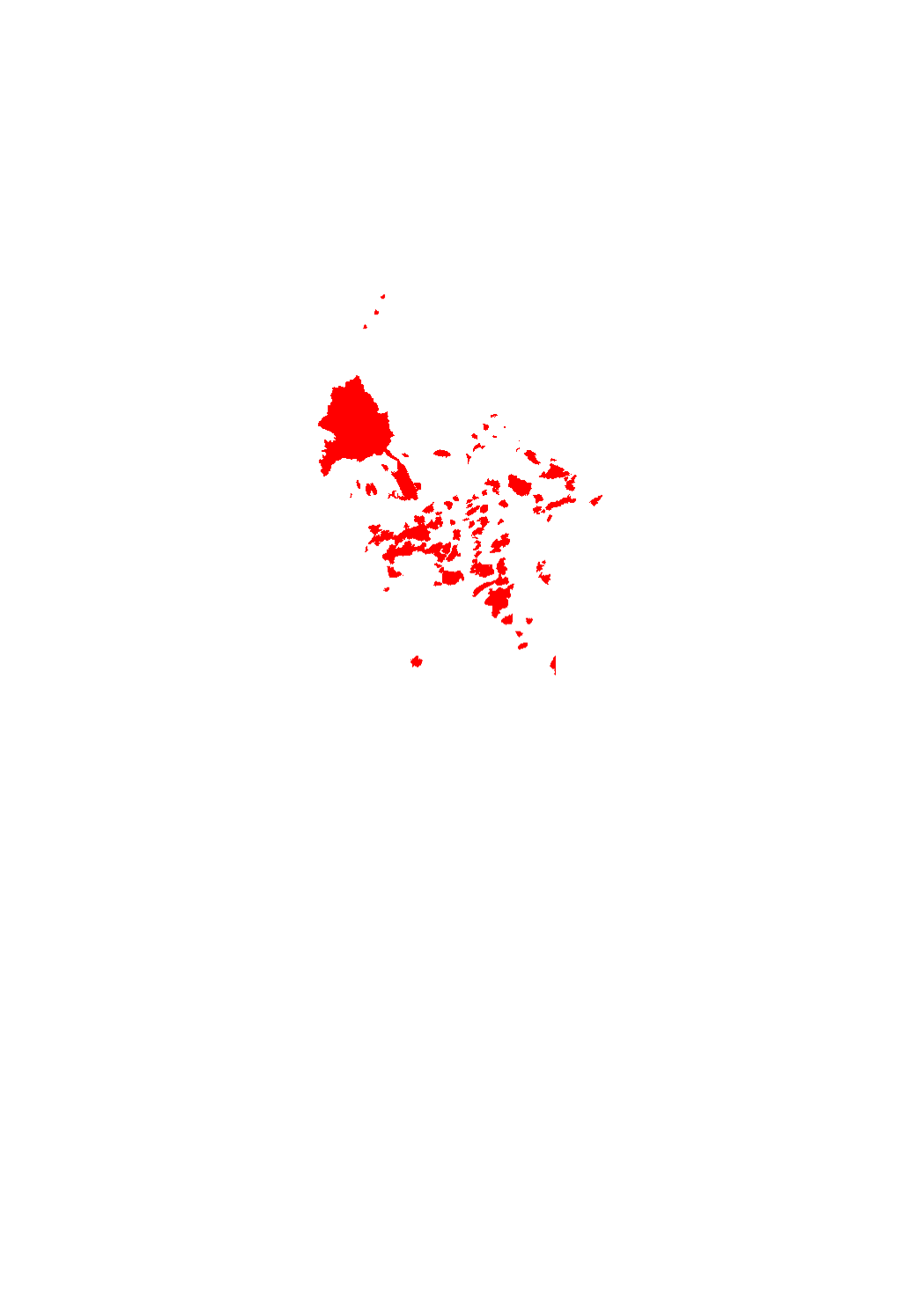
Areas in which the application of Metazachlor is forbidden
-
According to the ordinance of april 16, 2021 of the sanitary protection zones of the Upper Sûre lake, the temporary storage of silage as mentioned in point 6.12.2. (Index 27) of the appendix II, compost (point 6.17.2., index 29, appendix II) and manure as mentioned in point 6.18.2. (index 30) of the appendix II on sub-parcels of the protection zones IIC and III that show a slope of less than 5% is allowed, respecting certain conditions. Citizens concerned can use the map to see which sub-parcels within the agricultural areas are affected.
-
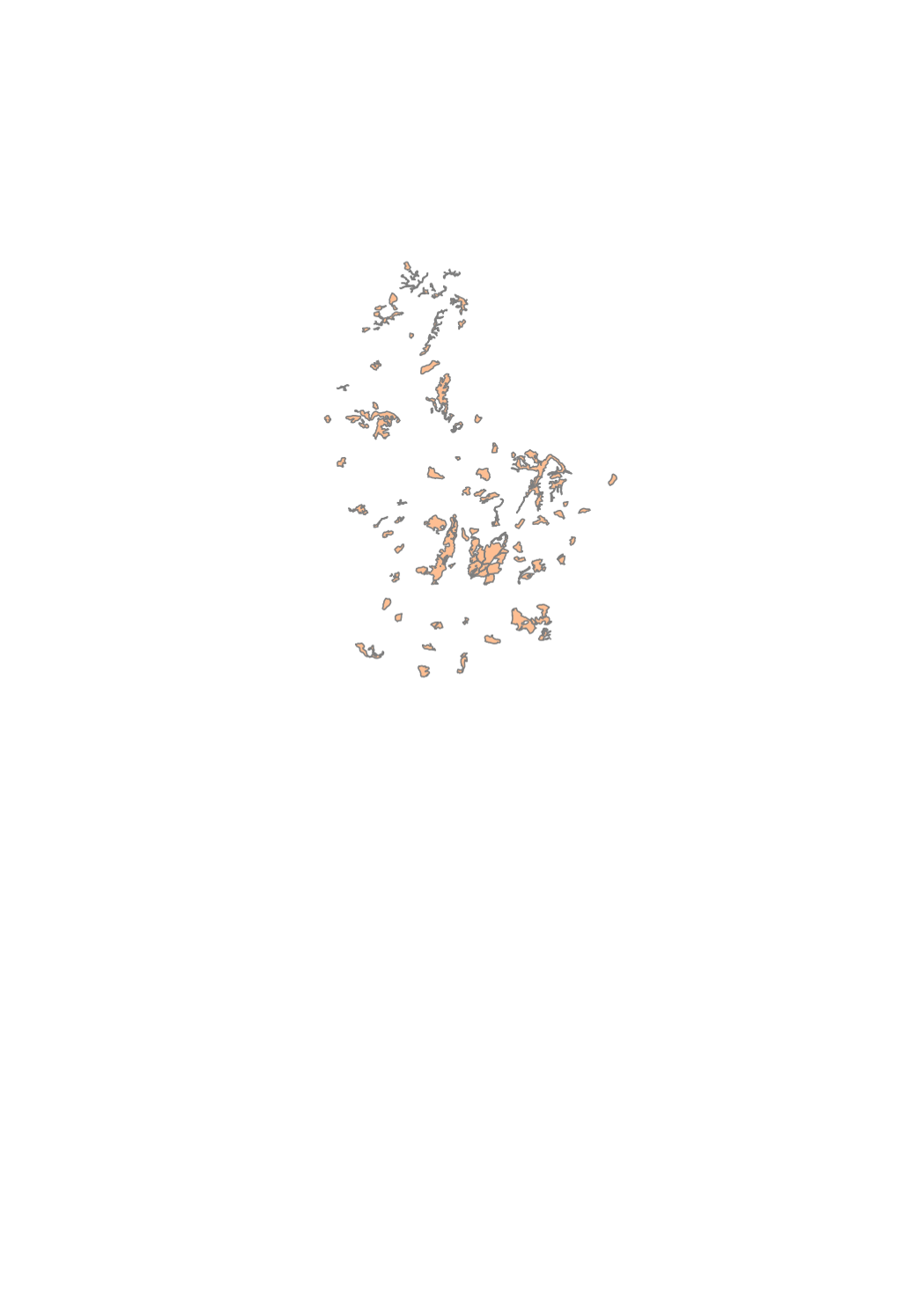
Their legal protection status is available at the layers "Protected areas undergoing the official designation procedure" and "Designated protected areas".
-
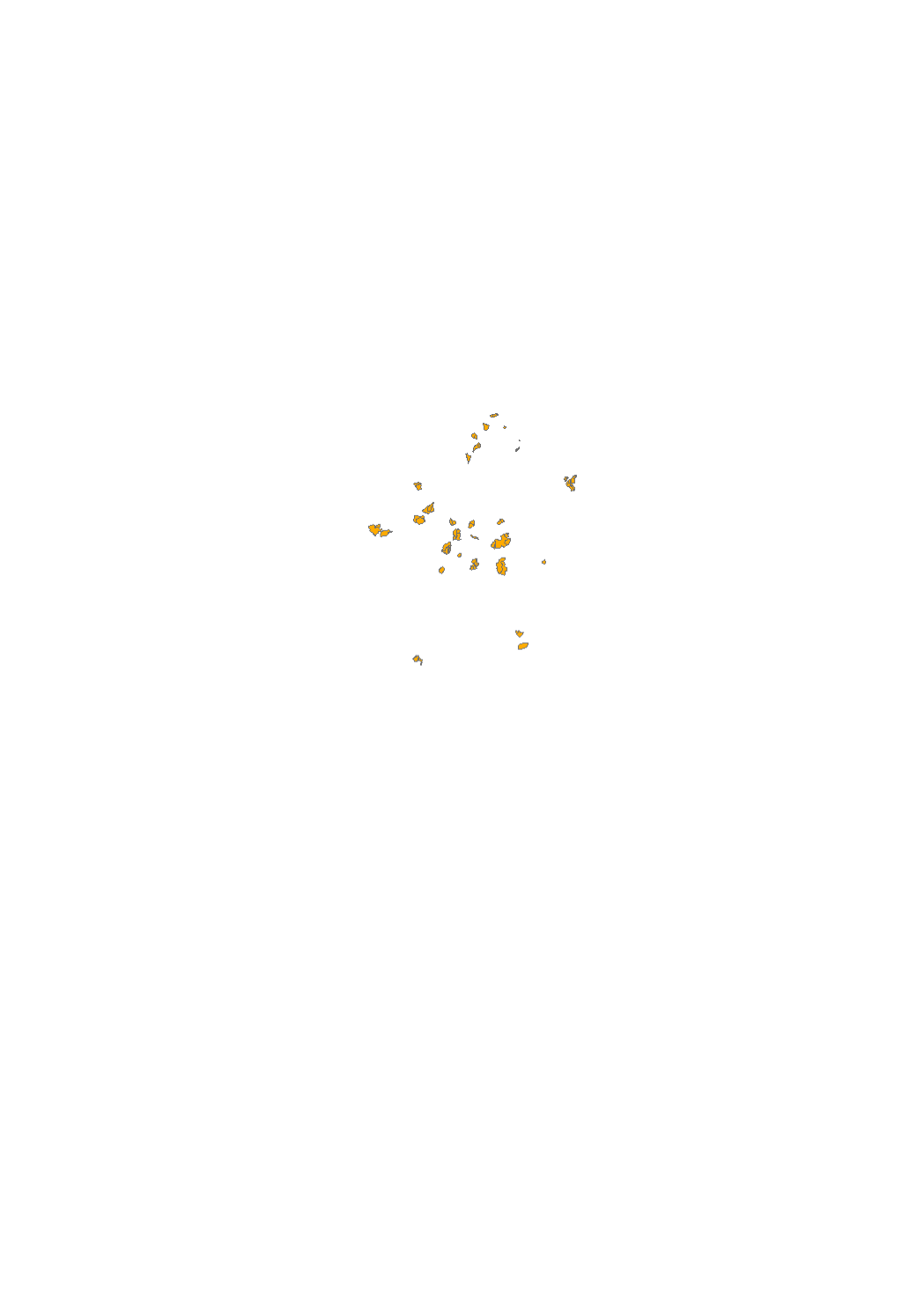
Provisionally delimited safeguard zones used to protect sources and drillings.
-
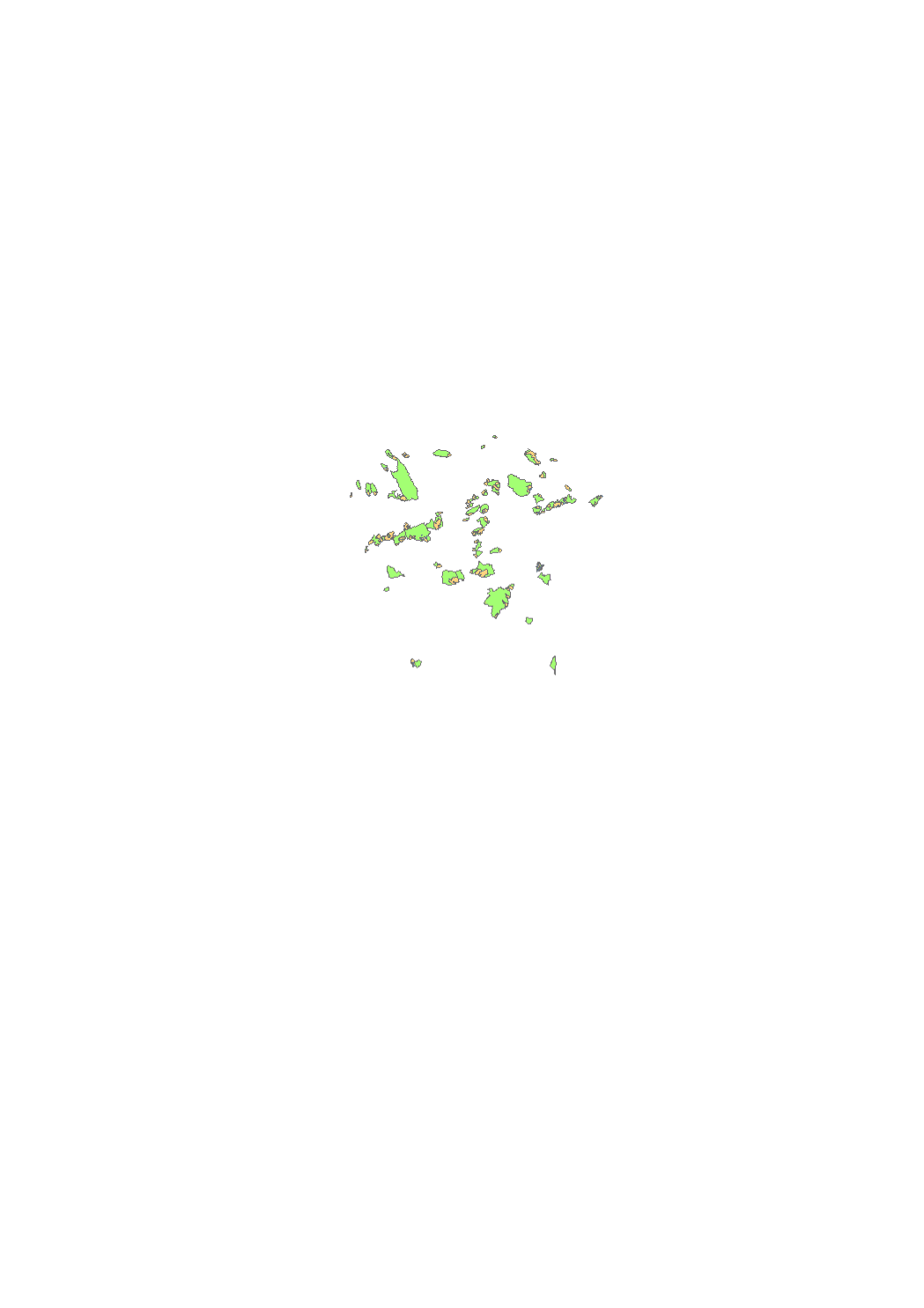
(drinking water) safeguard zones created by grand-ducal regulation used to protect sources and drillings.
-
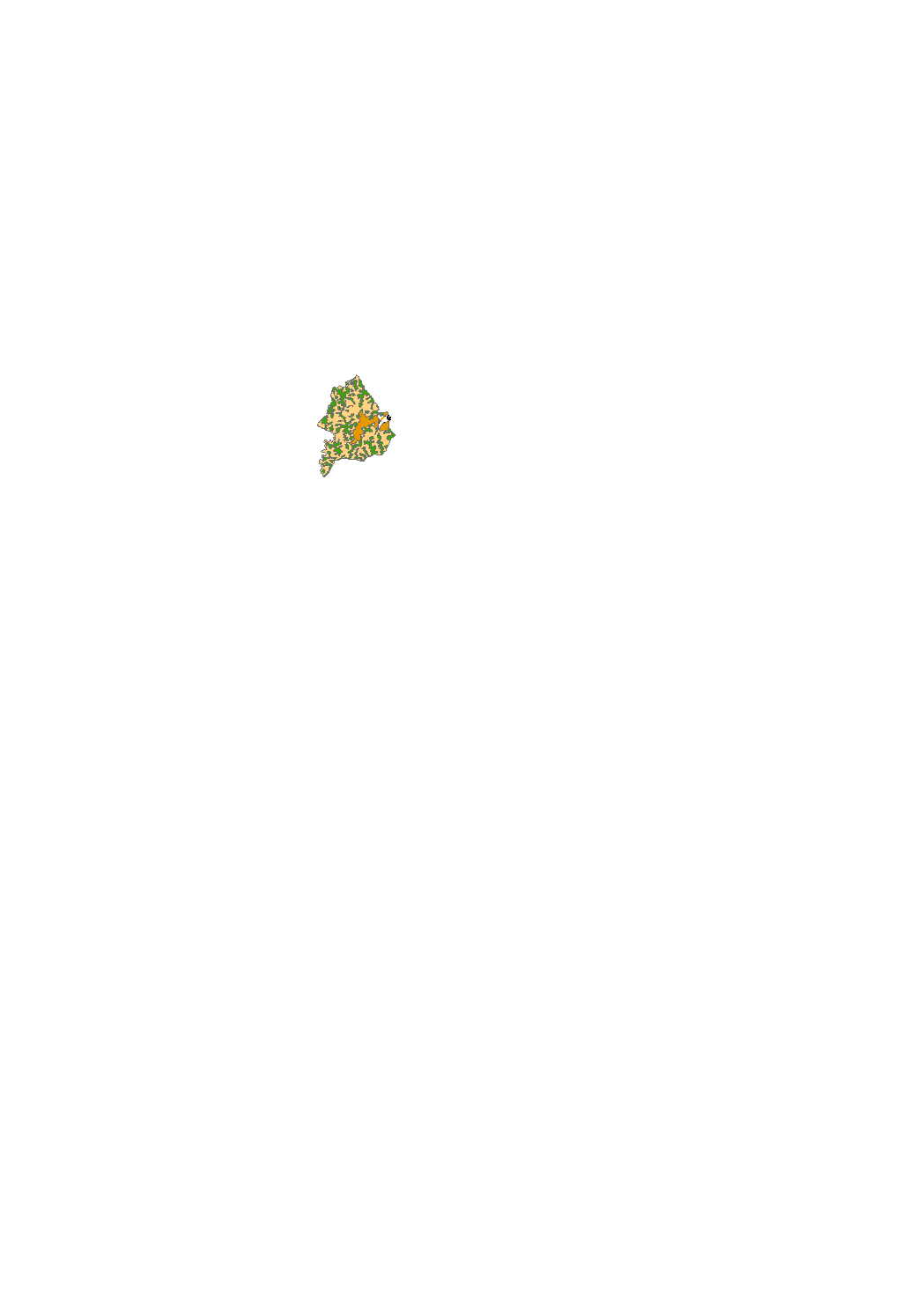
By prohibitions or conditions protected zones to prevent contamination of the lake as a drinking water reservoir.
-

By prohibitions or conditions protected zones to prevent contamination of the lake as a drinking water reservoir.
-
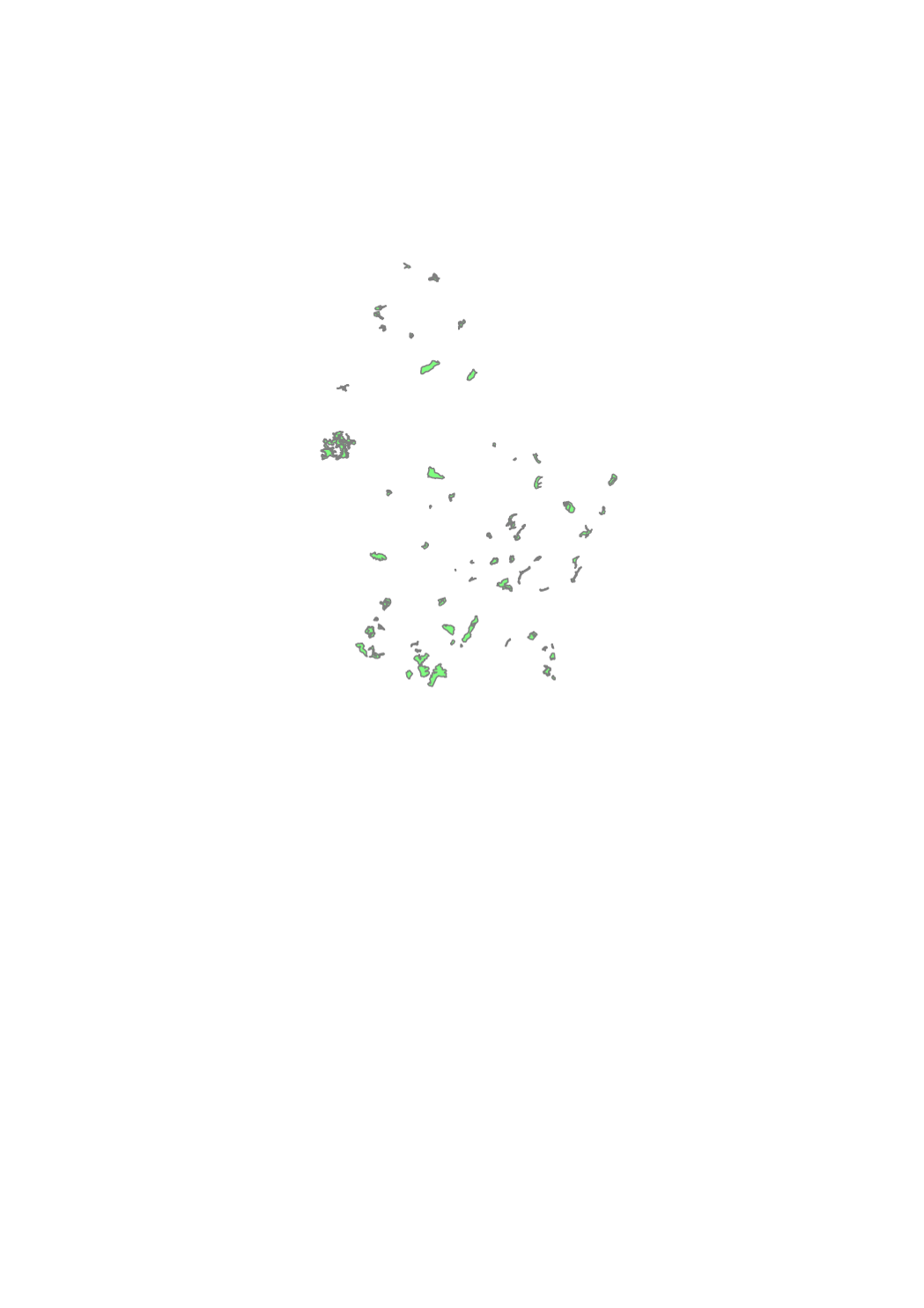
Protected zones of national interest (nature reserves and forest reserves) according to amended law of 19th January 2004 concerning the conservation of nature and the naturally resources. Each area and reserve is burdened with obligations defined by grand ducal regulation.
-
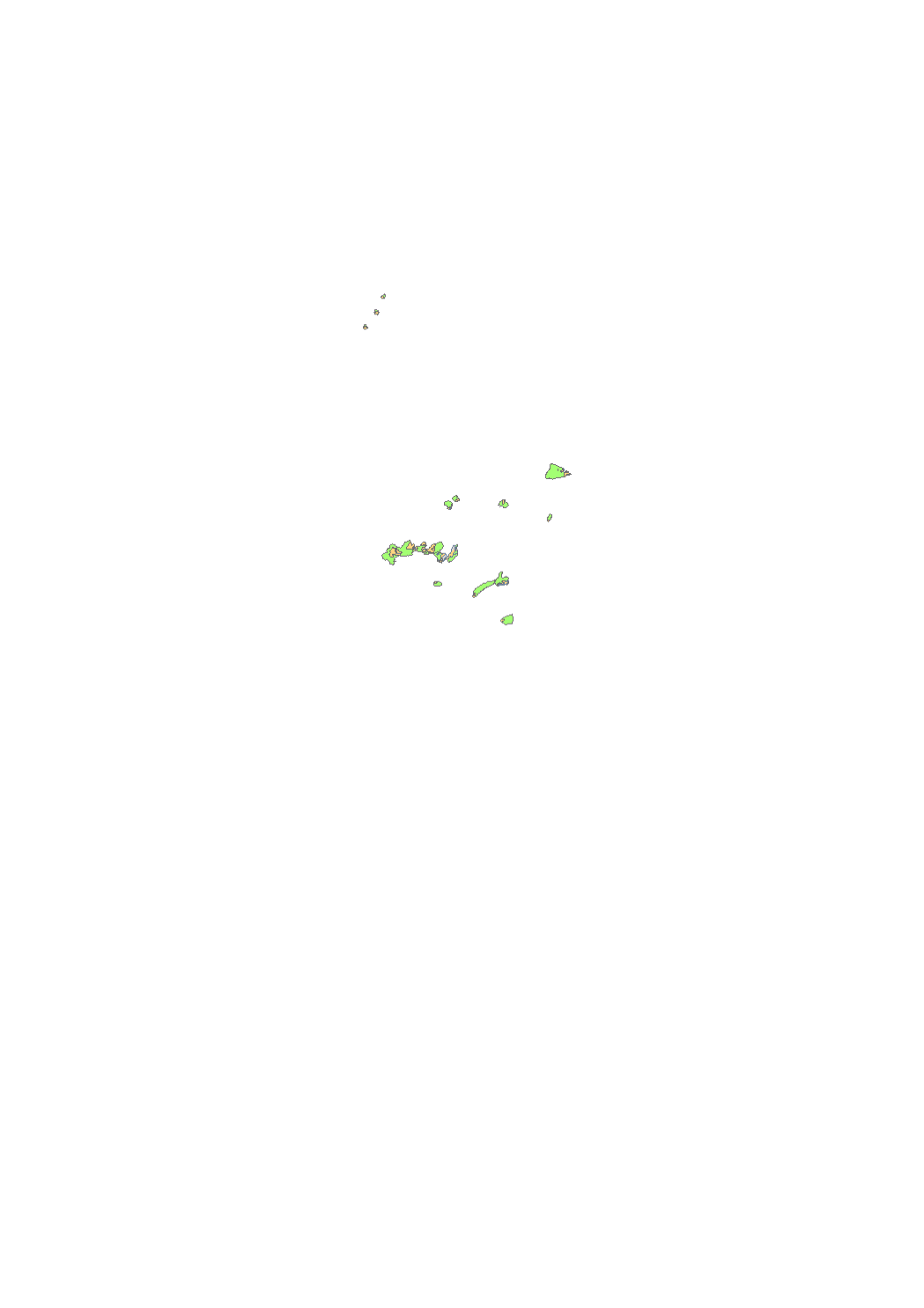
(drinking water) safeguard zones (ongoing public procedure).
-
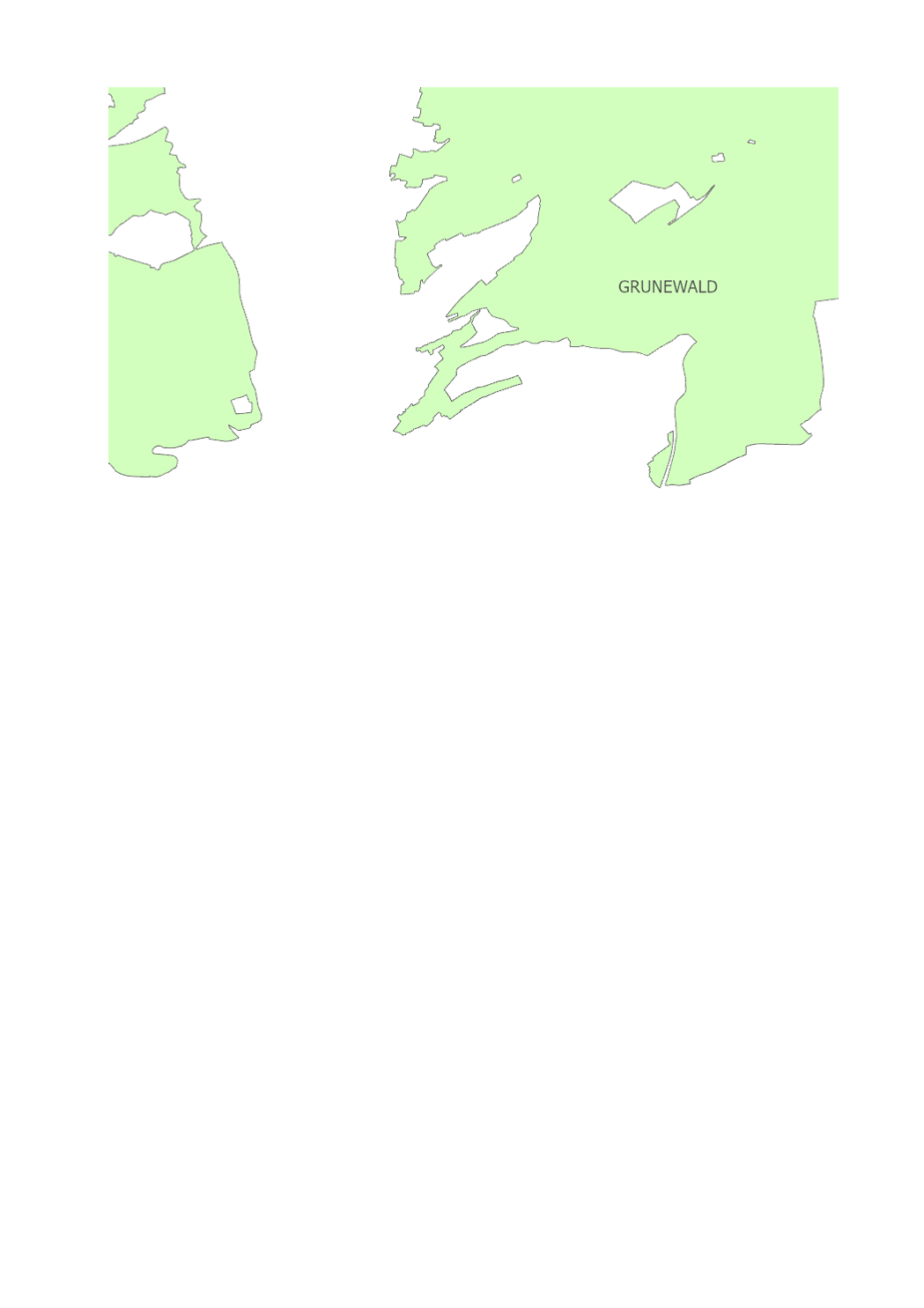
Special Areas of Conservation designated under the European Habitats Directive SACs introduced under the 1992 Habitats Directive, aim to conserve ecological sites containing either natural or semi-natural habitats of Community interest, due to their rarity or essential ecological role (listed in Annex I of the directive), or animal and plant species of Community interest, again due to their rarity, symbolic value or essential role in the ecosystem (listed in Annex II of the directive). Together with SPAs, they form the Natura 2000 network, a coherent ecological network of protected areas within the European Union with the aim of protecting endangered indigenous wild bird, animal and plant species and their natural habitats across national borders.
 geocatalogue.geoportail.lu
geocatalogue.geoportail.lu